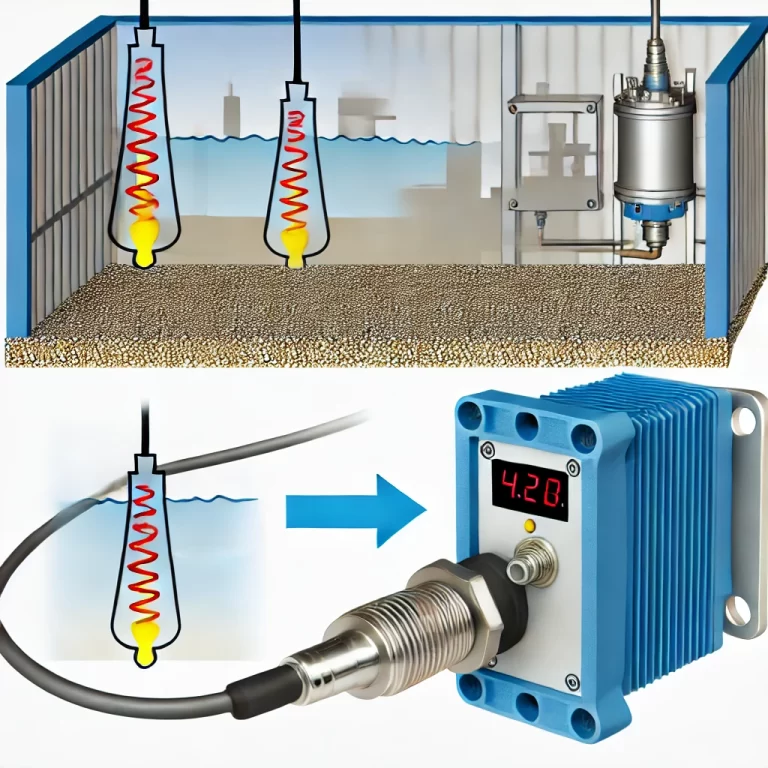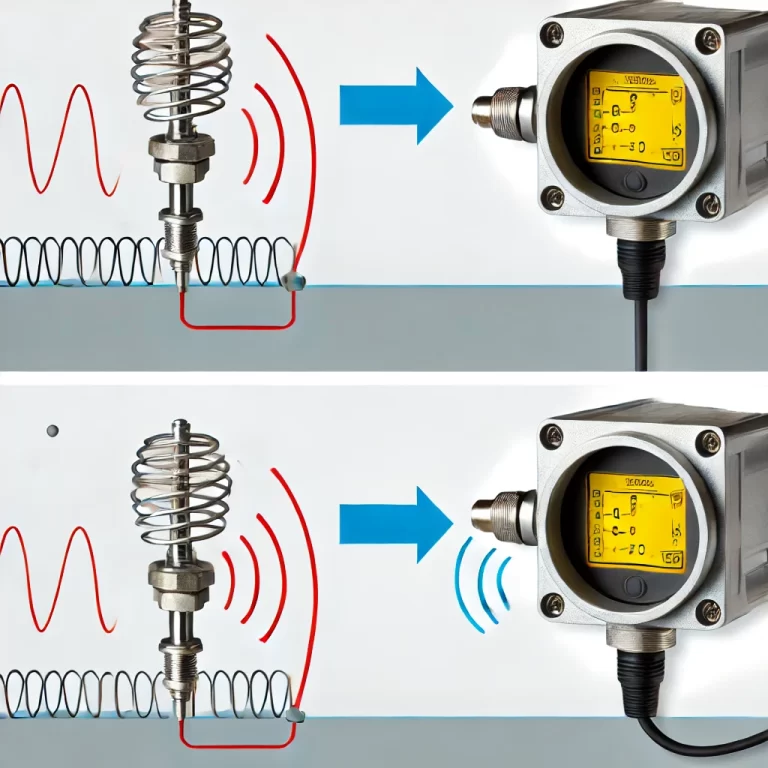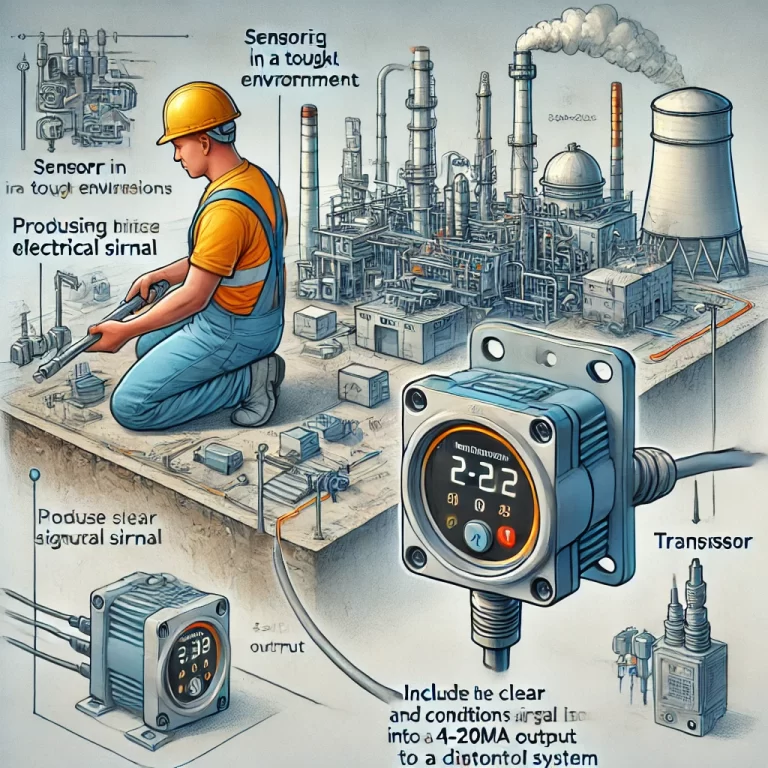In the field of instrumentation, understanding the distinction between a sensor and a transmitter is crucial for designing and maintaining efficient control systems. Both devices are integral to data acquisition and process automation, but they serve different functions within a system. Here’s a closer look at what differentiates a sensor from a transmitter and how they work together.
1. Definition and Function
Sensor: A sensor is a device that detects and measures a physical parameter, such as temperature, pressure, flow, or level, and converts this into an electrical signal. Sensors are at the front end of any measurement system, directly interfacing with the physical environment to capture raw data.
For example:
- A temperature sensor like a thermocouple measures temperature changes by generating a small voltage that varies with the temperature.
- A pressure sensor converts pressure into a proportional electrical signal.
Transmitter: A transmitter takes the raw signal from the sensor, processes or conditions it, and converts it into a standardized, readable output signal, typically over longer distances. This output is usually in a 4-20mA current loop, 0-10V voltage, or a digital protocol like HART or Modbus.
For example:
- A temperature transmitter receives the small voltage from a thermocouple and converts it into a 4-20mA signal, which can be sent to a control system located far from the sensor itself.

2. Role in a Measurement System
Sensor: The sensor’s role is to capture the exact physical measurement. However, it typically provides a low-level, unprocessed signal that is not strong enough to travel long distances or be easily integrated into a control system. Without further processing, the signal may also be prone to interference or inaccuracies over long distances.
Transmitter: A transmitter ensures that the signal from the sensor is both usable and robust enough to be transmitted over extended distances without loss of integrity. In many systems, the transmitter is housed separately from the sensor and placed in a location that’s more convenient for communication with control systems, such as a programmable logic controller (PLC) or distributed control system (DCS).
3. Signal Conditioning
Sensor: The output from a sensor is often in the form of a small voltage, resistance, or capacitance change, which is not directly usable by control systems. This raw signal is uncalibrated and not linear in many cases.
Transmitter: A transmitter performs essential signal conditioning functions such as amplification, filtering, and linearization of the sensor’s output. It ensures that the conditioned signal is strong, accurate, and appropriate for industrial environments, which can be subject to noise, temperature variations, or other adverse conditions.
4. Communication and Integration
Sensor: In most cases, sensors are not capable of directly communicating with control systems over long distances or complex protocols. Their output is intended to be processed further before it can be integrated into monitoring or control loops.
Transmitter: Transmitters are designed to communicate with control systems and monitoring equipment. They often include advanced communication capabilities, including protocols like HART, Modbus, or Foundation Fieldbus, enabling digital data transmission and even remote calibration.

5. Location and Installation
Sensor: Sensors are typically placed directly at the measurement point, which can be in harsh environments such as high temperatures, high pressures, or corrosive atmospheres. These conditions can influence the durability and type of sensor used.
Transmitter: Transmitters are often installed away from the harsh environment to protect the electronics and to ensure reliable transmission of the signal. For example, in industrial applications, the transmitter might be housed in a control room, away from the manufacturing floor where the sensor is located.
6. Examples of Sensor and Transmitter Combinations
- Temperature Measurement:
- Sensor: Thermocouple or RTD (Resistance Temperature Detector).
- Transmitter: Temperature transmitter that converts the sensor’s small signal into a 4-20mA signal.
- Pressure Measurement:
- Sensor: Pressure sensor (such as a piezoelectric pressure sensor).
- Transmitter: Pressure transmitter that conditions and sends the pressure data as a 4-20mA output to a control system.

7. Conclusion
In summary, the key difference between a sensor and a transmitter lies in their roles in the measurement system. A sensor captures and converts a physical parameter into an electrical signal, while a transmitter conditions, amplifies, and transmits this signal over long distances to be processed by control systems.
Together, they form a crucial link in industrial automation and process control, ensuring accurate and reliable data acquisition for monitoring and managing processes efficiently.
